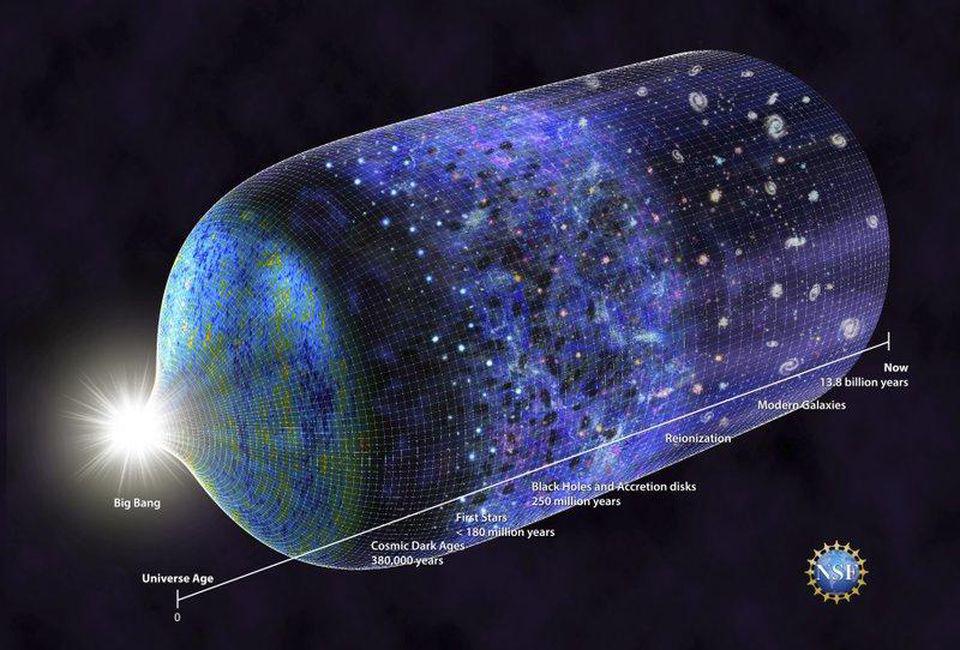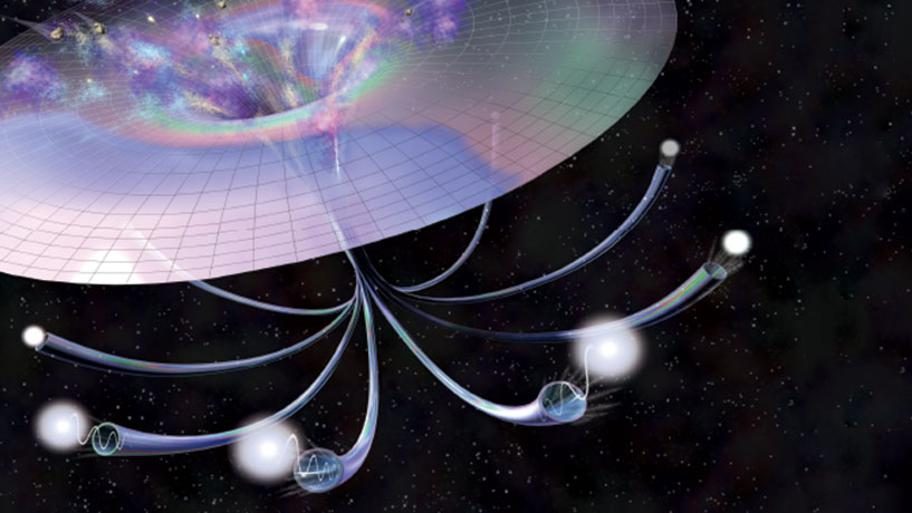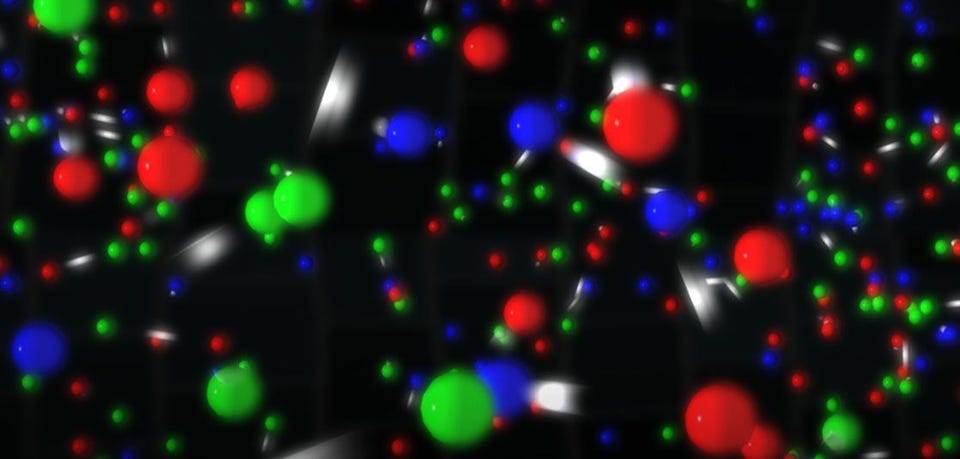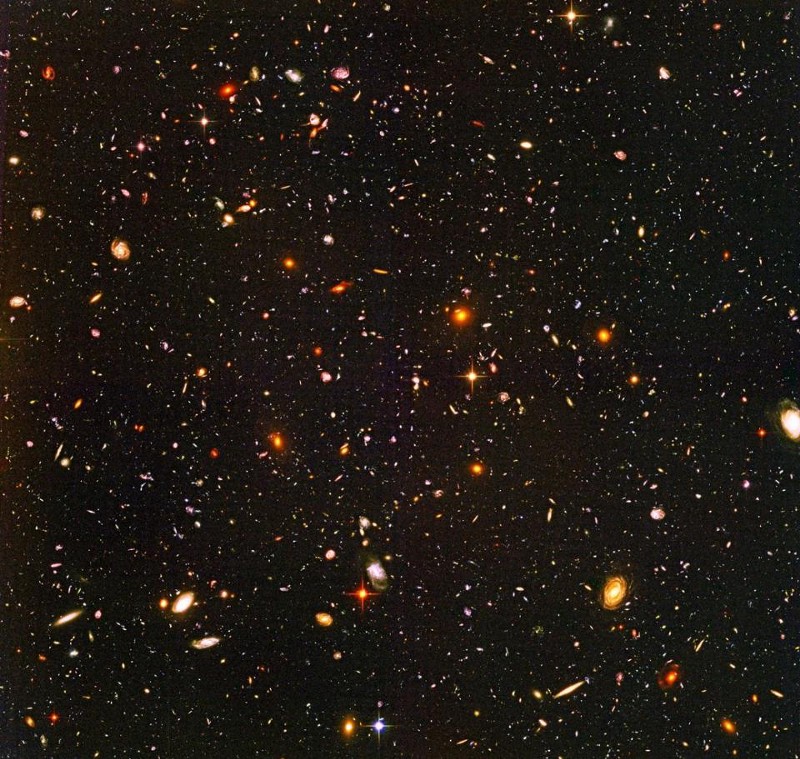Why we’ll never see back to the beginning of the Universe
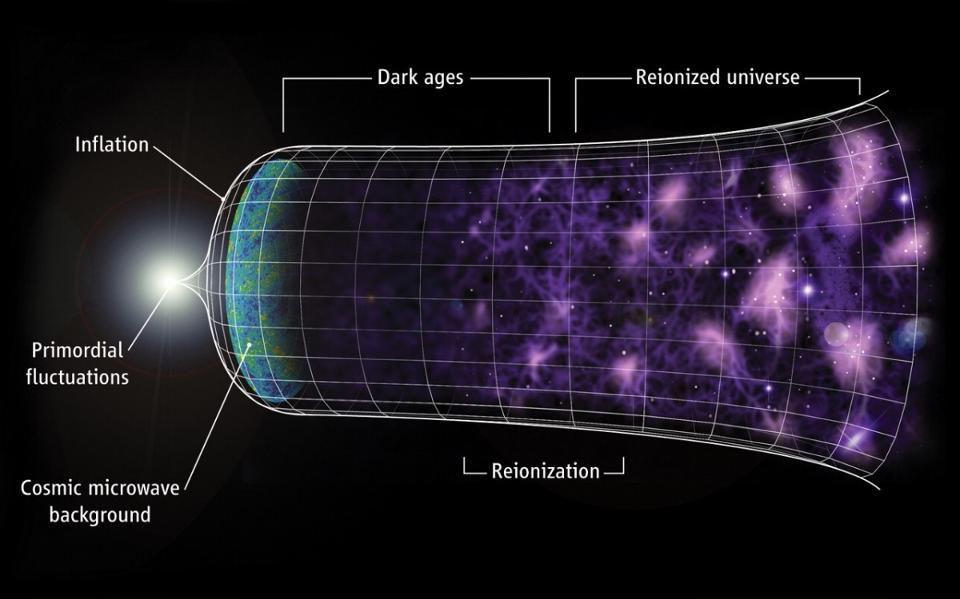
- In the original model of the Big Bang, you could extrapolate the expanding Universe back to a single point, a singularity, that marked the birth of space and time.
- But this model was shown to be flawed, and the hot Big Bang has since been shown to be preceded by the inflationary Universe, which leaves its imprints on our cosmos.
- Unfortunately, only the final tiny-fraction-of-a-second of inflation remains to be seen, with anything that happened before “inflated away,” removing any hope we have of discovering our Universe’s original beginnings.
Of all the questions humanity has ever pondered, perhaps the most profound is, “Where did all of this come from?” For generations, we told one another tales of our own invention and chose the narrative that sounded best to us. The idea that we could find the answers by examining the Universe itself was foreign until recently, when scientific measurements began to solve the puzzles that had stymied philosophers, theologians, and thinkers alike.
The 20th century brought us General Relativity, quantum physics, and the Big Bang, all accompanied by spectacular observational and experimental successes. These frameworks enabled us to make theoretical predictions that we then went out and tested, and they passed with flying colors while the alternatives fell away. But — at least for the Big Bang — it left some unexplained problems that required us to go farther. When we did, we found an uncomfortable conclusion that we’re still reckoning with today: any information about the beginning of the Universe is no longer contained within our observable cosmos. Here’s the disconcerting story.
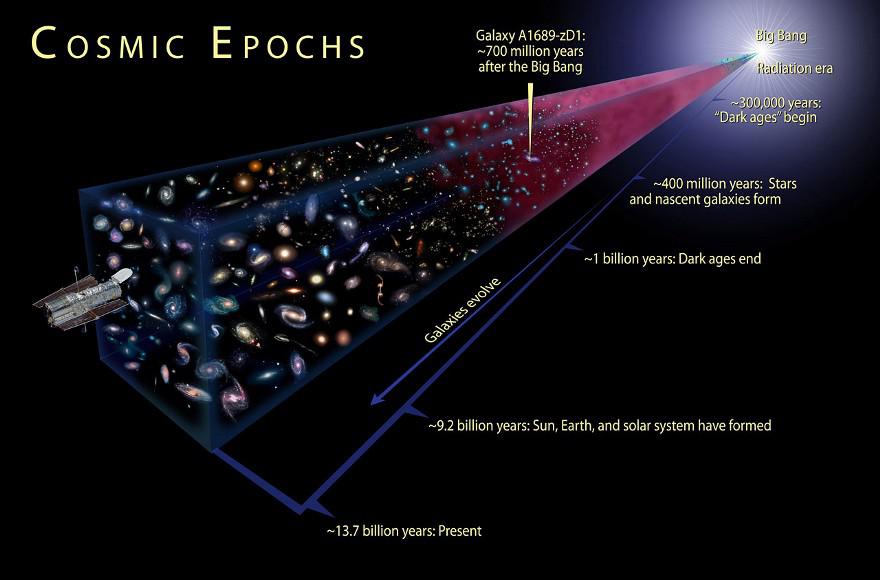
In the 1920s, just under a century ago, our conception of the Universe changed forever as two sets of observations came together in perfect harmony. For the past few years, scientists led by Vesto Slipher had begun to measure spectral lines — emission and absorption features — of a variety of stars and nebulae. Because atoms are the same everywhere in the Universe, the electrons within them make the same transitions: they have the same absorption and emission spectra. But a few of these nebulae, the spirals and ellipticals in particular, had extremely large redshifts that corresponded to high recession speeds: faster than anything else in our galaxy.
Starting in 1923, Edwin Hubble and Milton Humason began measuring individual stars in these nebulae, determining the distances to them. They were far beyond our own Milky Way: millions of light-years away in most instances. When you combined the distance and redshift measurements together, it all pointed to one inescapable conclusion that was also theoretically supported by Einstein’s General theory of Relativity: the Universe was expanding. The farther away a galaxy is, the faster it appears to recede from us.
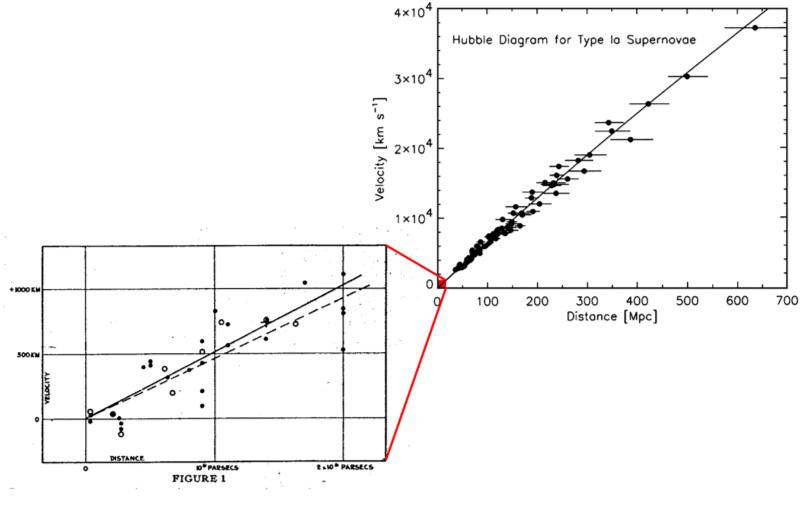
If the Universe is expanding today, that means that all of the following must be true.
- The Universe is getting less dense, as the (fixed amount of) matter in it occupies larger and larger volumes.
- The Universe is cooling, as the light within it gets stretched to longer wavelengths.
- And galaxies that aren’t gravitationally bound together are getting farther apart over time.
Those are some remarkable and mind-bending facts, as they enable us to extrapolate what’s going to happen to the Universe as time marches inexorably forward. But the same laws of physics that tell us what’s going to happen in the future can also tell us what happened in the past, and the Universe itself is no exception. If the Universe is expanding, cooling, and getting less dense today, that means it was smaller, hotter, and denser in the distant past.

The big idea of the Big Bang was to extrapolate this back as far as possible: to ever hotter, denser, and more uniform states as we go earlier and earlier. This led to a series of remarkable predictions, including that:
- more distant galaxies should be smaller, more numerous, lower in mass, and richer in hot, blue stars than their modern-day counterparts,
- there should be fewer and fewer heavy elements as we look backward in time,
- there should come a time when the Universe was too hot to form neutral atoms (and a leftover bath of now-cold radiation that exists from that time),
- there should even come a time where atomic nuclei were blasted apart by the ultra-energetic radiation (leaving a relic mix of hydrogen and helium isotopes).
All four of these predictions have been observationally confirmed, with that leftover bath of radiation — originally known as the “primeval fireball” and now called the cosmic microwave background — discovered in the mid-1960s often referred to as the smoking gun of the Big Bang.
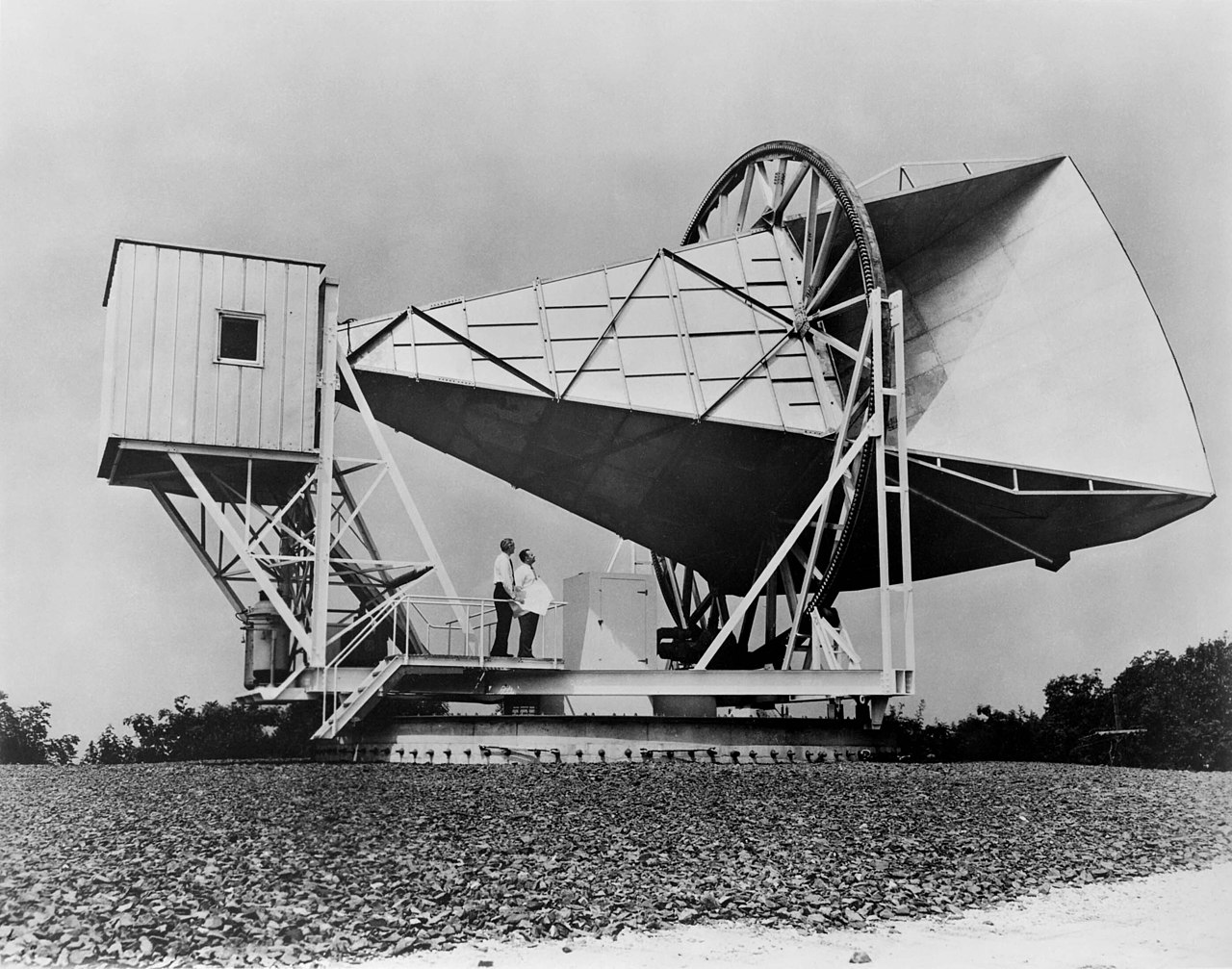
You might think this means that we can extrapolate the Big Bang all the way back, arbitrarily far into the past, until all the matter and energy in the Universe is concentrated into a single point. The Universe would reach infinitely high temperatures and densities, creating a physical condition known as a singularity: where the laws of physics as we know them give predictions that no longer make sense and cannot be valid anymore.
At last! After millennia of searching, we had it: an origin for the Universe! The Universe began with a Big Bang some finite time ago, corresponding to the birth of space and time, and that everything we’ve ever observed has been a product of that aftermath. For the first time, we had a scientific answer that truly indicated not only that the Universe had a beginning, but when that beginning occurred. In the words of Georges Lemaitre, the first person to put together the physics of the expanding Universe, it was “a day without yesterday.”
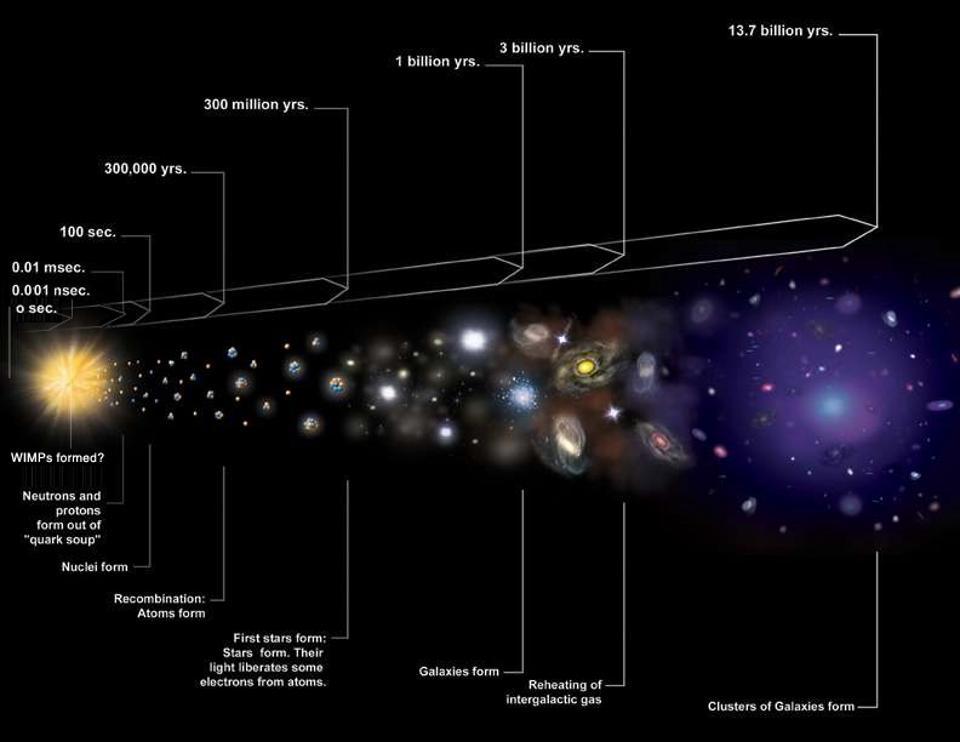
Only, there were a number of unresolved puzzles that the Big Bang posed, but presented no answers for.
Why did regions that were causally disconnected — i.e., had no time to exchange information, even at the speed of light — have the same temperatures as one another?
Why were the initial expansion rate of the Universe (which works to expand things) and the total amount of energy in the Universe (which gravitates and fights the expansion) perfectly balanced early on: to more than 50 decimal places?
And why, if we reached these ultra-high temperatures and densities early on, are there no leftover relic remnants from those times in our Universe today?
Throughout the 1970s, the top physicists and astrophysicists in the world worried about these problems, theorizing about possible answers to these puzzles. Then, in late 1979, a young theorist named Alan Guth had a spectacular realization that changed history.

The new theory was known as cosmic inflation and postulated that perhaps the idea of the Big Bang was only a good extrapolation back to a certain point in time, where it was preceded (and set up) by this inflationary state. Instead of reaching arbitrary high temperatures, densities, and energies, inflation states that:
- the Universe was no longer filled with matter and radiation,
- but instead possessed a large amount of energy intrinsic to the fabric of space itself,
- which caused the Universe to expand exponentially (where the expansion rate doesn’t change over time),
- which drives the Universe to a flat, empty, uniform state,
until inflation ends. When it ends, the energy that was inherent to space itself — the energy that’s the same everywhere, except for the quantum fluctuations imprinted atop it — gets converted into matter and energy, resulting in a hot Big Bang.

Theoretically, this was a brilliant leap, because it offered a plausible physical explanation for the observed properties the Big Bang alone could not account for. Causally disconnected regions have the same temperature because they all arose from the same inflationary “patch” of space. The expansion rate and the energy density were perfectly balanced because inflation gave that same expansion rate and energy density to the Universe prior to the Big Bang. And there were no left over, high-energy remnants because the Universe only reached a finite temperature after inflation ended.
In fact, inflation also made a series of novel predictions that differed from that of the non-inflationary Big Bang, meaning we could go out and test this idea. As of today, in 2020, we’ve collected data that puts four of those predictions to the test:
- The Universe should have a maximum, non-infinite upper limit to the temperatures reached during the hot Big Bang.
- Inflation should possess quantum fluctuations that become density imperfections in the Universe that are 100% adiabatic (with constant entropy).
- Some fluctuations should be on super-horizon scales: fluctuations on scales larger than light could have traveled since the hot Big Bang.
- Those fluctuations should be almost, but not perfectly, scale-invariant, with slightly greater magnitudes on large scales than small ones.
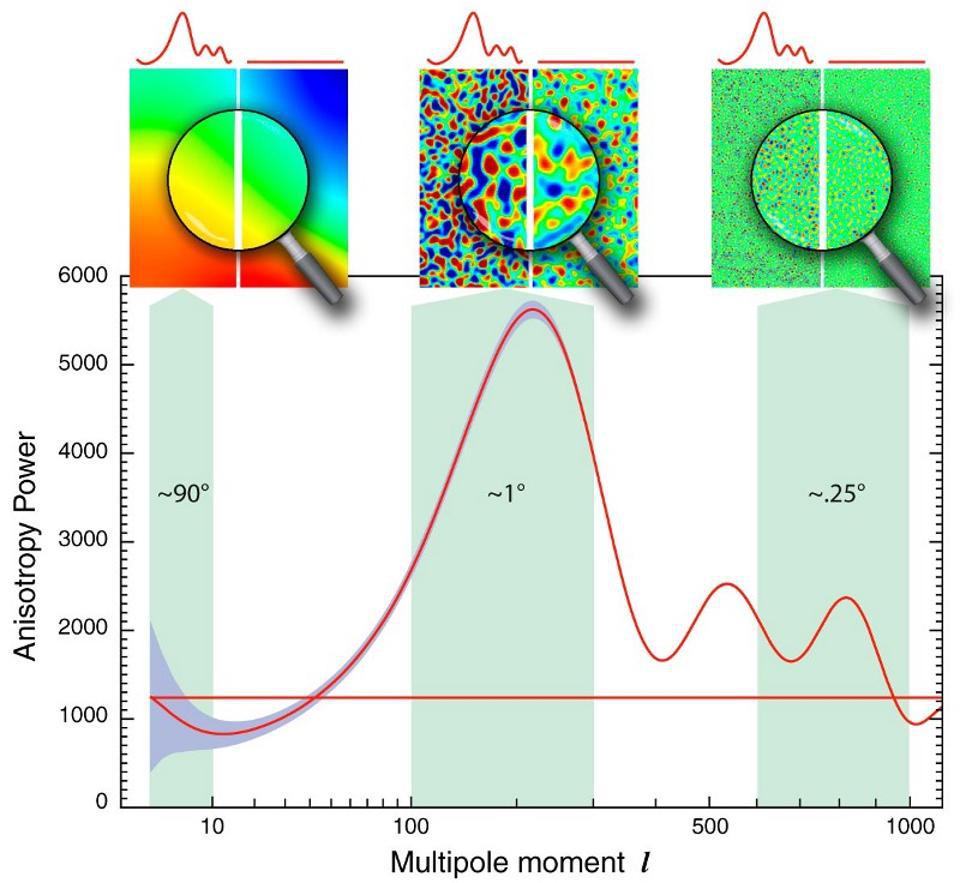
With data from satellites like COBE, WMAP, and Planck, we’ve tested all four, and only inflation (and not the non-inflationary hot Big Bang) yields predictions that are in line with what we’ve observed. But this means that the Big Bang wasn’t the very beginning of everything, it was only the beginning of the Universe as we’re familiar with it. Prior to the hot Big Bang, there was a state known as cosmic inflation that eventually ended and gave rise to the hot Big Bang, and we can observe the imprints of cosmic inflation on the Universe today.
But only for the last tiny, minuscule fraction of a second of inflation. Only, perhaps, for the final ~10^-32 seconds of it (or thereabouts) can we observe the imprints that inflation left on our Universe. It’s possible that inflation lasted for only that duration, or for far longer. It’s possible that the inflationary state was eternal, or that it was transient, arising from something else. It’s possible that the Universe did begin with a singularity, or arose as part of a cycle, or has always existed. But that information doesn’t exist in our Universe. Inflation — by its very nature — erases whatever existed in the pre-inflationary Universe.
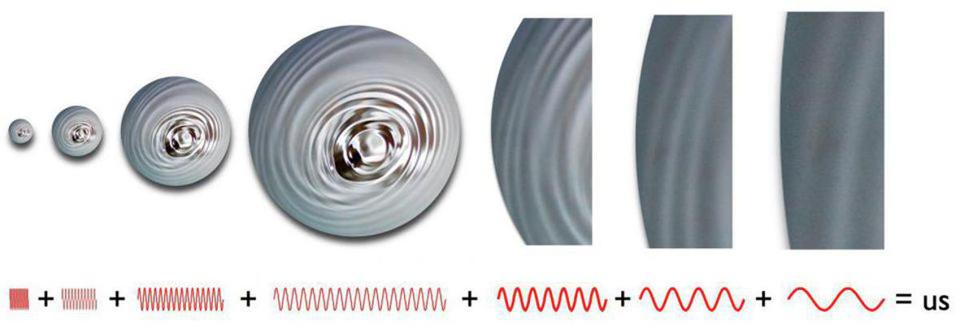
In many ways, inflation is like pressing the cosmic “reset” button. Whatever existed prior to the inflationary state, if anything, gets expanded away so rapidly and thoroughly that all we’re left with is empty, uniform space with the quantum fluctuations that inflation creates superimposed atop it. When inflation ends, only a tiny volume of that space — somewhere between the size of a human being and a city block — will become our observable Universe. Everything else, including any of the information that would enable us to reconstruct what happened earlier in our Universe’s past, now lies forever beyond our reach.
It’s one of the most remarkable achievements of science: that we can go back billions of years in time and understand when and how our Universe, as we know it, came to be this way. But like many adventures, revealing those answers has only raised more questions. The puzzles that have arisen this time, however, may truly never be solved. If that information is no longer present in our Universe, it will take a revolution to solve the greatest puzzle of all: where did all this, originally, come from?
